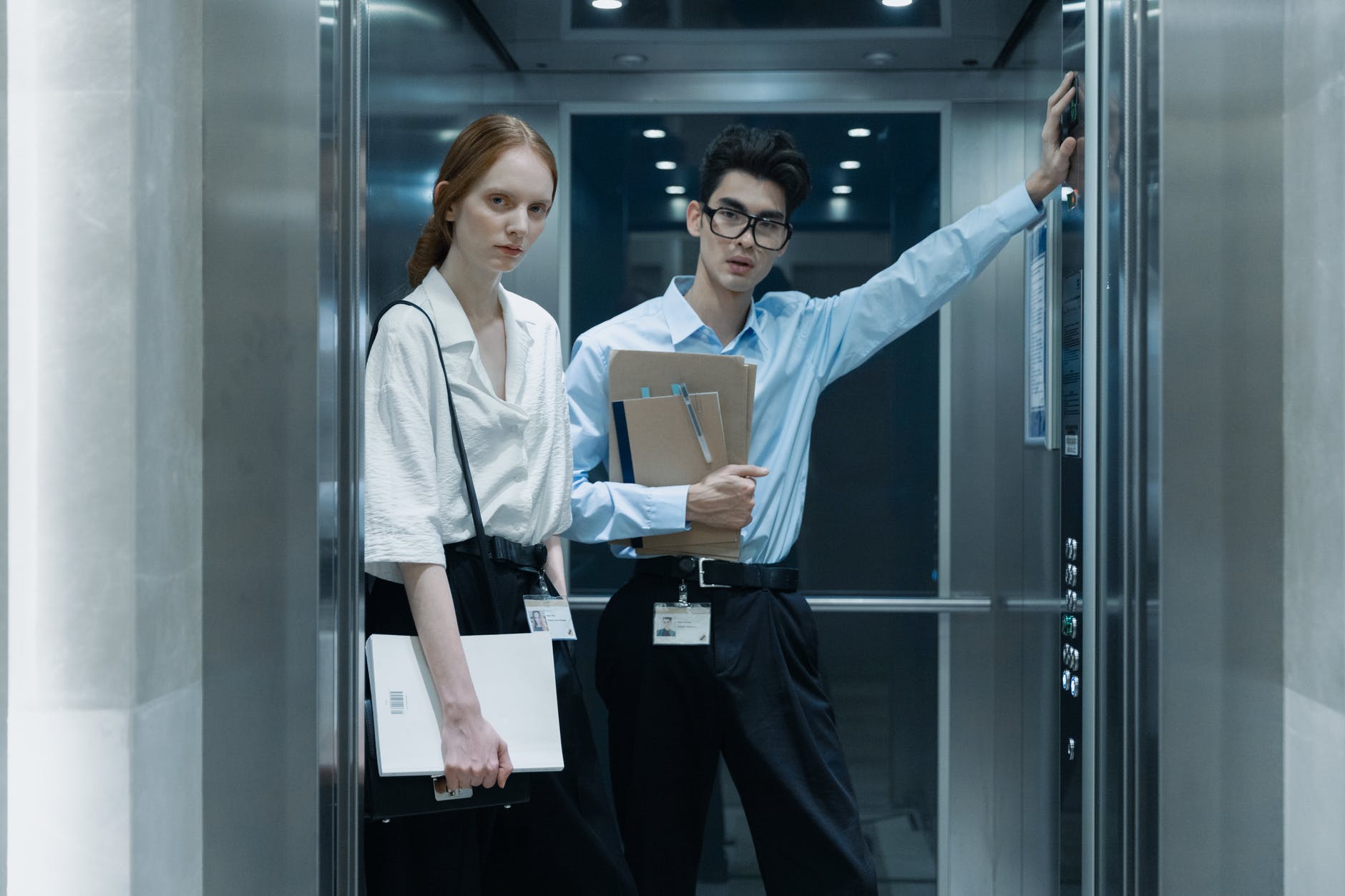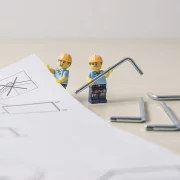Elevators are complex machines that are easy to take for granted. Since they’re so convenient, most of us don’t think about them until there’s a problem. Here are some things you need to know about elevators to appreciate how these machines improve our way of life.
Elevators need to be serviced regularly
Elevator service companies ensure that your elevator is working as it should. While you must do your part to ensure the safety of those using the elevators, this responsibility falls on the owners and operators of buildings themselves. Elevators need to be serviced every three months or once or twice a year – depending on how much use the elevators get – an elevator service company will come in and test that everything is running as it should be: brakes/ motors/ etc. Businesses often spend up to $100,000 annually maintaining their elevators because problems can lead to downtime and lost revenue.
Elevators can last decades
According to the National Association of Elevator Contractors (NAEC), older freight elevators were only designed to last 20 years or so, but today’s freight models should be good for 30 years or more if properly maintained. Newer passenger models should last at least 25 years with proper care and maintenance, according to NAEC officials in Washington, D.C., which says elevator equipment has an average 97 percent survival rate in its first 25 years.
Elevators run on electricity
An elevator is made up of two parts: an “elevator machine room” (which houses the motor and brakes), and a shaft that connects with all floors served by the elevator. Between these, there are a series of pulleys that lift cables attached to a platform, allowing it to move vertically between different floors.
Most elevators run on electricity, most often from a building’s central electrical supply system. In some buildings, this may require converting AC voltage to DC current before controlling speed or direction of travel. In older buildings, however, traction elevators were hydraulically powered so that water pressure in pistons would control speed – as well as raise and lower the car.
Newer elevators are generally powered by a 460-volt three-phase AC induction motor running at close to 1,800 RPM. There may be one or more of these in each machine room for a typical passenger building. An elevator needs the correct amount of power (measured in Amps) to safely move people. The pressure this takes is based on the number of people who want to travel – not their weight. If there is too much weight above what it can lift, it could break and cause an earthquake-like effect; if there isn’t enough power, it won’t go up/ down.
Elevators have over 1,000 parts
Today’s elevators are packed with technology for increased navigation comfort and safety. These include destination dispatch systems that direct cars along their route, automatic monitoring devices to signal out-of-order situations at a central location, blind spot assist systems to prevent collisions with people or objects in cars’ paths, voice evacuation systems for public buildings, and much more.
Elevators are usually made up of over 1,000 parts including car motors, cables, magnets, sensors, hydraulic valves. It’s not surprising that the average elevator has approximately 30 miles (48 kilometers) worth of wire in its system…each!
The “close door” button doesn’t close the door
Pushing this button will cause a set of doors to shut if they are open, but there is also an automatic safety sensor that only allows them to shut if no one or thing is caught between them. This safety measure prevents people from being squished by mistake – it is really just a comfort feature more than anything else and there won’t be any harm done. Also, elevators have two sets of doors: one set at the entrance that opens when you push a button or scan your security card and another set near the exit that closes when you step out. This second pair of doors is known as “safety” or “blind” doors because they don’t open when you call for them — only when you’ve exited safely and pushed the “door open” button on your way out.
Elevators are generally very safe
The first safety code for elevators was formed over 100 years ago by ASME- the American Society of Mechanical Engineers. These days, building codes have been created to ensure that all elevators are built with the highest regard for safety, and properly maintained afterward. The US has one of the highest elevator densities in the world – but still, accidents do occur, mainly due to neglect or poor maintenance of equipment. However, these cases are rarely fatal if proper precautions are taken into account.
Elevators are fascinating machines. They are a reliable and convenient way to get from floor to floor – as long as they’re working properly. One should always be sure to treat them with respect and caution.





















